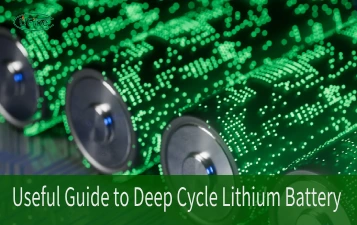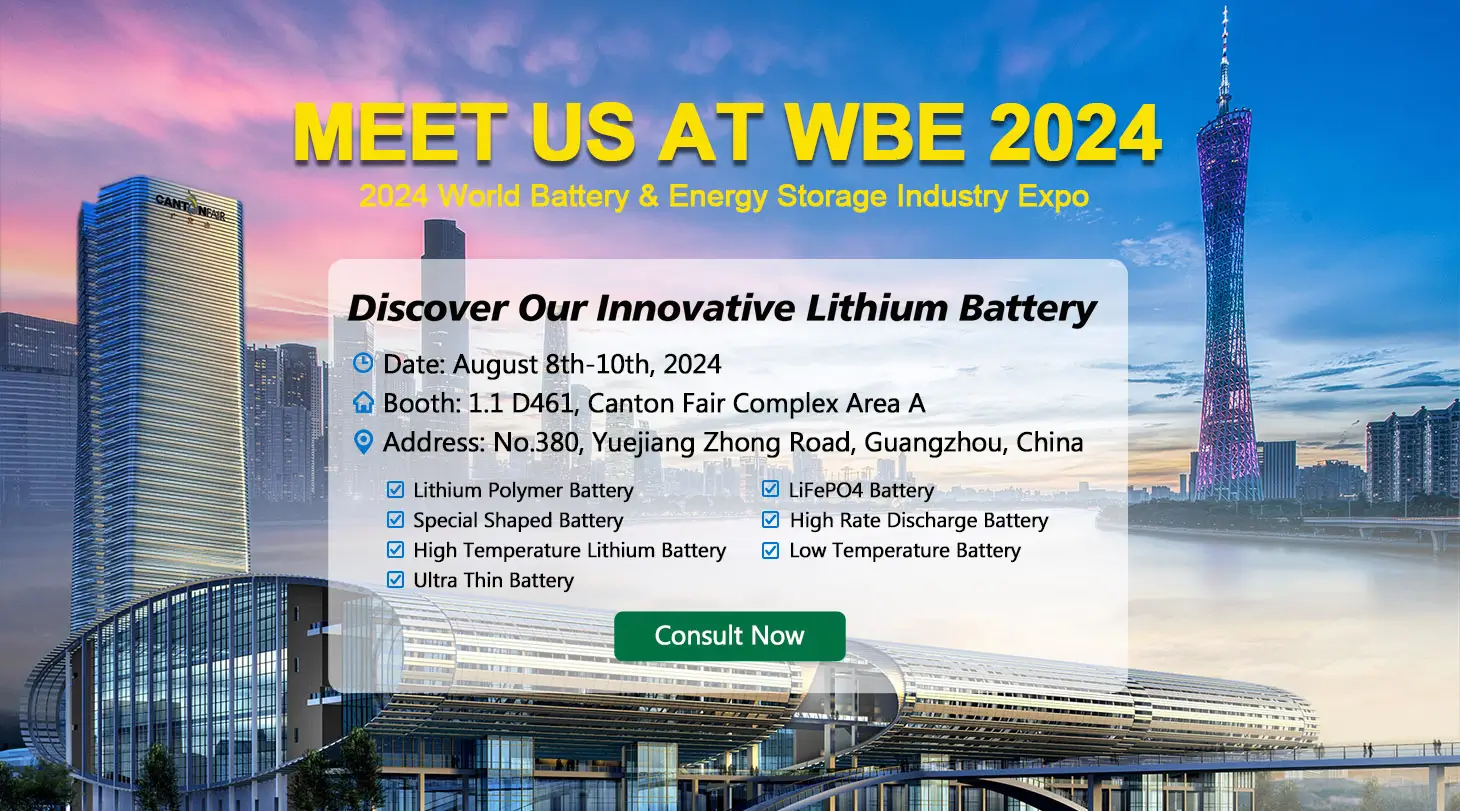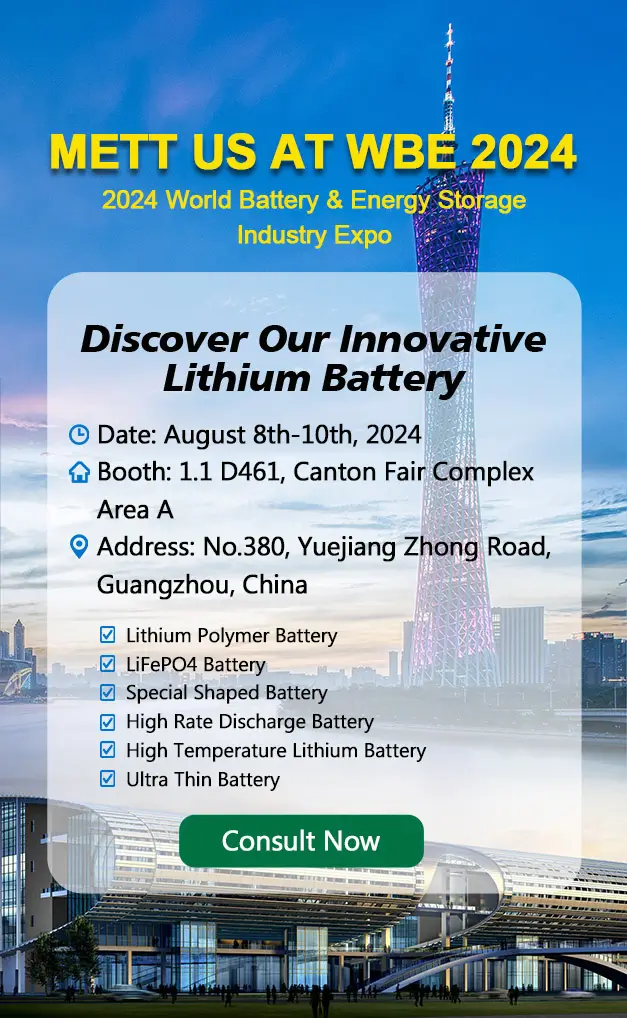Part 1. Lithium battery cell
What are battery cells?
The battery cell is the smallest unit of the battery, and the battery is composed of battery cells. A single cell can be used as a battery, such as a cylindrical battery, which is both a cell and a battery. It can also be connected in series or parallel to form a larger battery pack. This generally refers to a steel-cased cylindrical battery cell. There are also square aluminum-shell batteries or soft-wrapped aluminum-plastic film batteries, basically the same as cylindrical batteries.
The special ones are lead-acid and gel batteries, which do not have batteries. Because it is a unit (single) battery itself, it cannot be disassembled and used into smaller batteries. Most of the batteries that can be disassembled into smaller batteries include batteries.
Batteries generally refer to batteries that can be installed and used directly. Batteries for general daily use are single or cylindrical cell batteries, such as AA batteries, AAA batteries, etc. Most large industrial applications batteries are composed of multiple unit cells or cells connected in series or parallel and equipped with a battery management system.
Lithium battery cell type
Packing: Lithium battery cells mainly include steel-cased cylindrical cells, square aluminum-cased cells, and aluminum plastic film soft-packed cells according to outer packaging.
Electrolyte type: The cells mainly include liquid, colloidal, and solid-state cells.
Battery cell: Lithium battery cells are divided into ordinary lithium-ion cells, polymer lithium cells, and lithium iron phosphate cells according to battery properties.
1. Lithium-ion battery cell
Lithium-ion batteries generally mainly refer to batteries with square aluminum shells or cylindrical steel shells. Of course, most of them refer to cylindrical steel shells. The electrolyte used is predominantly liquid electrolyte. This type of electrolyte rarely uses colloidal or solid electrolytes. Since its size and capacity can also be customized, many battery cell specifications exist. However, cylindrical 18650 lithium battery cells are more widely used in the market.
2. Polymer lithium battery cell
Polymer lithium battery cells generally refer to aluminum plastic film soft-pack lithium batteries. This battery cell type mainly uses colloidal or solid electrolytes and rarely uses liquid electrolytes. The production process used is the lamination process. Therefore, the battery cells are more flexible in shape, size, and capacity, and the battery cell specification categories are even more diversified.
3. LiFePO4 cell types
LiFePO4 cell types include steel-cased cylindrical batteries, aluminum-cased batteries, and aluminum-film soft-pack batteries. The electrolyte they use depends on the kind of cell casing. Steel-cased and aluminum-cased batteries use liquid electrolytes. Soft-coated aluminum membranes mainly use colloidal or solid electrolytes and do not use liquid electrolytes. LiFePO4 cells will have battery cell types of different specifications and sizes depending on the shell. Therefore, there are many types of battery cell specifications.
Part 2. How to make LiFePO4 cells?
1. Pulp making
Special solvents and binders are used to mix the powdered positive and negative active materials, respectively. After stirring evenly, a slurry of positive and negative materials is made.
2. Coating film
The positive and negative electrode slurries are evenly coated on the surface of the metal foil through an automatic coating machine and then automatically cut into positive and negative electrode sheets after automatic drying.
3. Assembly
In the order of positive electrode sheet – separator – negative electrode sheet – separator from top to bottom, the battery is assembled into a finished battery by winding, injecting electrolyte, sealing, and welding of positive and negative tabs.
4. Formation
Place the finished batteries in the test cabinet for charge and discharge testing, and select qualified finished batteries before leaving the factory.
Part 3. Advantages of LiFePO4 batteries
Safety
LiFePO4 batteries completely solve the safety hazards of lithium cobalt oxide and lithium manganate, which is reflected in the fact that the binding force of the phosphate chemical bond is stronger than the chemical bond of the traditional transition metal oxide structure. So, the structure is more stable and less likely to release oxygen.
Charge
In terms of charging speed, lifepo4 batteries also have more significant advantages. The feature of supporting fast charging allows it to keep a charging speed of at least 2C (C is the charging parameter; for example, for a battery cell with a capacity of 1000mAh, the 2C current is 1000mA×2=2000mA). It can significantly shorten the charging time. Most mobile power supplies currently on the market use a 5V standard charging voltage, and the charging current is usually 0.2C.
Cycle Life
Currently, most of the lithium-ion batteries used in mobile power supplies on the market have a cycle life of about 500 to 800 times. Lithium iron phosphate batteries have a service life of at least 2,000 times, and their capacity can be maintained at more than 80%. Therefore, if the internal storage unit of the mobile power supply is a lithium iron phosphate product, it has an absolute advantage of expected service life.
Temperature Range
Currently, most of the lithium-ion batteries used in mobile power supplies on the market have a cycle life of about 500 to 800 times. Lithium iron phosphate batteries have a service life of at least 2,000 times, and their capacity can be maintained at more than 80%. Therefore, if the internal storage unit of the mobile power supply is a lithium iron phosphate product, it has an absolute advantage of expected service life.
Environmentally Friendly
The positive electrode material of LiFePO4 batteries does not contain precious and rare metals, so it is more environmentally friendly and can effectively reduce environmental pollution. In addition, the wide range of material sources also makes its material costs lower and more advantageous in terms of price.
Part 4. LiFePO4 cell price
The price of lithium batteries will vary depending on the type of lithium battery. At the same time, the battery quotation will also be different due to the difference between new and old ones. Sometimes, even the same type of lithium batteries are quoted differently by other manufacturers, which is why the quotes for lithium batteries differ.
LiFePO4 cells are generally calculated based on how much it costs per amp hour. Generally, lithium batteries with higher prices are new cells with relatively better performance and quality. In comparison, those with lower prices are likely to be of rather poor quality or maybe secondary cells. Generally, the price of LiFePO4 cells requiring special performance applications, such as low-temperature and high-rate batteries, will be relatively high. The price will be higher if the quotation is for the battery cell plus the protective plate and casing. Of course, the price will be cheaper if more batteries are needed.
Part 5. FAQs
-
What are the different types of LiFePO4 cells?
The different types of LiFePO4 cells include cylindrical, prismatic, and pouch cells, each with their own form factors and design configurations. -
What is the lifespan of a LiFePO4 battery?
The lifespan of a LiFePO4 battery can range from 2000 to 5000 cycles, depending on factors like depth of discharge, charging methods, and operating conditions. -
How to charge lithium iron phosphate (LiFePO4) batteries
To charge LiFePO4 batteries, use a dedicated LiFePO4 charger with the appropriate voltage and current settings, ensuring proper balancing and avoiding overcharging or over-discharging. -
What factors affect the lifespan of LiFePO4 batteries?
Factors affecting the lifespan of LiFePO4 batteries include depth of discharge, charging methods, operating temperature, storage conditions, and overall usage patterns. -
What can I use LiFePO4 batteries for?
LiFePO4 batteries are commonly used in various applications such as electric vehicles (EVs), hybrid electric vehicles (HEVs), renewable energy storage systems, portable power devices, and backup power supplies due to their high energy density, long lifespan, and safety characteristics.
Related Tags:
More Articles

Overview of Deep Cycle Lithium Battery
In this article, we explore the life, voltage, capacity, and charging considerations of deep cycle lithium batteries.
How Long do Lithium Batteries Last?
How long do lithium batteries last? we will explore the factors that influence the lifespan of lithium batteries and provide insights into their longevity.
How to Choose the Best LiFePO4 Battery?
Choose LiFePO4 batteries for superior performance, safety, and versatility in EVs, UPS, and backup power. This guide helps you make informed decisions.
Get 12v Lithium Car Battery As a Power Source for the Ride
Make the right choice for your vehicle's battery needs by installing a 12 volt lithium car battery. You will enjoy maintenance-free longevity with this change.
Everything About A Small Lithium Ion Battery
Discover the features, uses & future potential of a small lithium ion battery. A compact and tiny powerhouse ideal for smartphones, wearables, drones & more.





